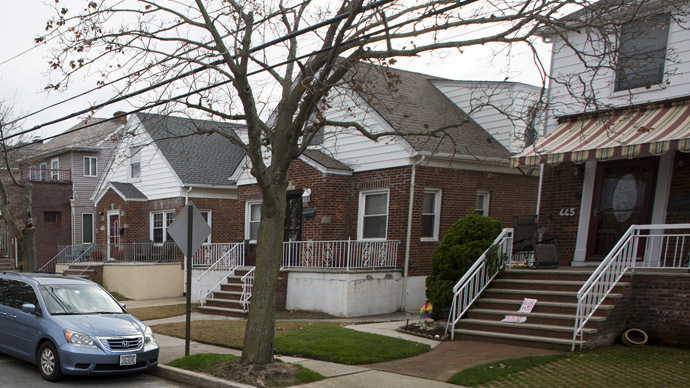The income gap among metropolitan regions in the United States has reached new heights based on home prices in 2013, according to a new report.
Income disparity between the 10th and 90th most expensive housing markets in the US last year is the largest since such records began in 1969, according to the Financial Times.
An analysis of US Commerce and Labor Department data for the Financial Times by the property website Trulia found that Boston, the 10th most expensive region for housing, had a per-capita income of 1.61 times that of Cincinnati, ranked at 90th. The lowest gap was 1.36 times occurred in 1976, between San Francisco and El Paso.
Inconsistent job recovery across the US since the economic recession that began in 2008 has led to a wide range of regional housing-market rebounds.
“Housing markets are playing out at very different speeds partly as a result of the lack of geographical breadth in the labour market. Certain sectors of the economy are performing better than others, propelling some housing markets over others,” said Fannie Mae economist Mark Palim.
US officials see a resurgent housing market as a symbol for overall economic recovery. But a weak job market has stalled such a comeback.
“The housing sector was at the epicentre of the US financial crisis and recession and it continues to weigh on the recovery,” said Stanley Fischer, the deputy chairman at the Federal Reserve, in a speech this week.
He added that as opposed to previous economic rebounds, “residential construction [has been] held back by a large inventory of foreclosed and distressed properties and by tight credit conditions for construction loans and mortgages.”
Despite an overall increase in job growth since 2008, wages have dropped significantly, according to new Labor Department data. More than 200,000 jobs were created for the sixth straight month in July, according to Labor, though wages remained stagnant.
Workers in the US earned an average of $24.45 an hour in July, up one cent from June. In the last year, wages have grown just 2 percent, basically stuck at the same level since late 2009.
Meanwhile, workers in the US are earning an average of 23 percent less than earnings from jobs that were lost during the economic recession that began in 2008, according to a new report.
The average salary in sectors where jobs were lost - especially manufacturing and construction - during the recession was $61,637, according to the report from the United States Conference of Mayors. In comparison, job gains in those sectors through the second quarter of 2014 came with average wages of $47,171. The difference comes out to a $93 billion in lower wage income, the group found.
There has been no shortage of reports recently detailing an ever-widening income gap in the US. In April, for example, the Sadoff Investment Research firm found that the top one percent of wage-earning households in the US were reaping in around $1,264,065 in 2012 — or around 41-times as much as the average income for all wage-earners, who pulled in a comparable meager mean income of $30,997 that year.
In June, the AFL-CIO reported that the ratio of CEO pay to worker pay has increased by more than 500 percent in the last thirty years.
Growing income inequality is the biggest risk the world may face within the next 10 years, the World Economic Forum said in January.

